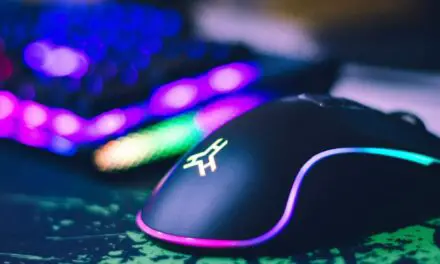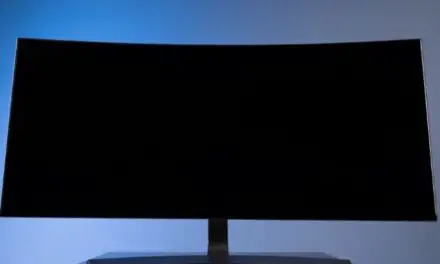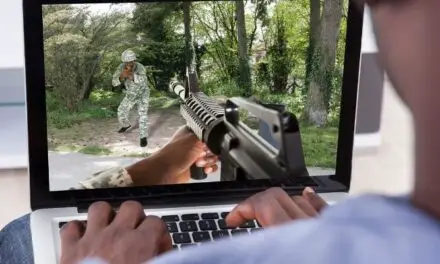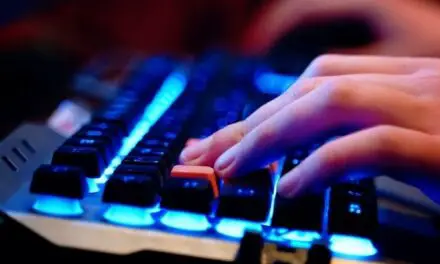Any gaming laptop can last ten years, however, it won’t be able to play the latest AAA games in 10 or probably even five years from now, unless you’re really looking after it and upgrading its components every few years.
In reality, a high-end gaming laptop will last between four and six years.
Even longer if you keep it dust-free, re-install the Windows Operating System every year and make sure all your graphics drivers are up to date.
And many new mid-range gaming laptops may be required to run AAA games on lower settings right out of the box.
So those aren’t going to be viable for long.
Individual components of a gaming laptop alone could last much longer than the laptop as a whole.
Most laptops are not designed for easily swapping components, especially when some components are married to the motherboard through the use of soldering.
You essentially can’t replace the component without pulling the whole motherboard and you might as well buy a new laptop.
Table of Contents
How Quickly Are Gaming Laptop Components Out Of Date?
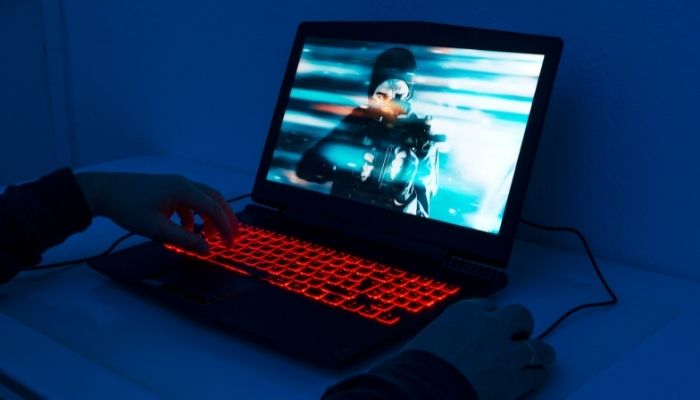
Technology moves so quickly that you’re brand new, shiny $2500 gaming laptop is behind the times once you pick it up off the “new release” shelf.
That’s just the way it is.
Fortunately, that new tech is out of reach for the general public for a while.
Gaming laptops are simply not designed to run for years and years without any significant upgrades.
They aren’t like game consoles, which typically have a much longer life cycle and shelf life thanks to games being optimized for their older hardware.
As a gamer, the biggest problem that you will run into is that the technology that goes into game design will outrun the capabilities of your gaming laptop components.
Unfortunately, they’ll do it pretty quickly too.
What Are The Primary Components In A Gaming Laptop?
If you can replace these components at will, your gaming laptop will last much longer.
However, the argument could readily be made that if you’re replacing the components, your gaming laptop isn’t the same one you purchased originally.
That’s true in many ways.
Graphics Processing Unit
This is where all of your benchmark performance begins and ends.
As time goes on, regardless of how awesome your GPU is, you’ll notice that you have to make subtle changes—in the down direction—to the graphics settings for your games.
As software improves, your GPU remains the same.
Unfortunately, many laptops are constructed with the GPU soldered to the motherboard.
Mostly, this decision is made to save space but can be a pain when you want to swap for an upgrade.
Central Processing Unit
The control center for your gaming laptop, the CPU, does just what its namesake suggests, controls the computer when you type and input commands.
For a gaming laptop, anything less than an i5 or i7 is probably not worth your time.
If you ever get around to replacing your CPU—and if your laptop is indeed capable of a switch—make sure it’s capable and doesn’t end up bottlenecking your Graphics Processing Unit.
What that means is that it is capable of processing and sending out what the GPU sends in.
Random Access Memory
RAM has become so cheap to manufacture that—unless you purchase an aging gaming laptop—should be more than enough for any games.
Fortunately, if the RAM becomes outdated or is underperforming, it’s the one component you can replace in almost any laptop.
Unlike the memory from the hard drive, random access memory is memory that is only compiled and used while you’re actively on the laptop.
The larger your available RAM, the more tasks you can do at the same time.
How To Maintain Your Gaming Laptop Components So It Lasts 10 Years?
Your gaming laptop may not last 10 years on its own, but there are a number of things you can do to extend its life and get it over that 10-year line.
Keep It Cool
Since overheating is one of the primary issues in gaming laptops, it’s important to keep them free of dust and debris.
You can use a can of compressed air to properly clean out a laptop by tilting it sideways and gently blowing through the vents, gravity will take care of the rest.
You should also consider an extra cooling fan that plugs into a wall outlet, not one that uses the laptop’s power to work, as this will ironically cause more heat than it cures.
It will also run your battery down faster.
You Might Also Like: Can A Gaming Laptop Overheat? (And How To Keep It Cool)
Keep It Clean
keeping your gaming laptop clean can help keep it cool and make it last longer.
Dust, hair, and other particles accumulate in your laptop’s vents, fans, crevices, and heat sinks.
Dust obstructs airflow and the cooling of your gaming laptop.
Overheating then makes it sluggish or can even cause it to shut down completely.
Dust accumulation can prevent a gaming laptop from properly cooling off, resulting in overheating, hardware damage, and a shorter lifespan.
But luckily, it’s pretty easy to clean and keep dust-free.
The following steps will walk you through how to clean dust from your laptop.
Step 1: Turn off Your Laptop
Before you begin to clean your laptop, you’ll need to turn it off.
Shut down your gaming laptop and unplug it from the wall socket.
Step 2: Remove All Connections
Before you can get to cleaning your laptop, you’ll need to remove all connections.
This includes any external devices such as USB flash drives or Bluetooth-compatible accessories.
You should also unplug your power cable and remove the battery if you can.
Step 3: Use A Vacuum
With all connections removed from your laptop, it’s time for the main event—using a vacuum cleaner!
Before you start, set the vacuum cleaner to low power so that the suction doesn’t do any damage.
Use the brush attachment to suck up all of those pesky particles.
Vacuum all of the vents and ports you can get to.
You can also use a can of air compressor with a soft cloth over the nozzle to clean out nooks and crannies.
Step 4: Clean The Keyboard
To begin cleaning your laptop’s keyboard, you should first shut down the laptop to avoid countless random key presses being registered.
Use a flat head screwdriver to gently lift off keycaps.
You can then use a can of compressed air or a clean paintbrush to clean dirt and debris from under and around the keycaps.
If there’s a lot of dirt, you may want to clean them one at a time with a cotton swab or a microfiber cloth dampened with water or rubbing alcohol.
You can give the keycaps a wash in some warm soapy water or just wipe them off with a damp microfiber cloth.
Once everything’s clean and dry, you can pop the keycaps back on.
Step 5: Replace Components And Turn Your Laptop Back On
Once everything is dry and dust-free, plug back in any peripherals and reconnect the battery if removed.
Repaste The GPU
GPU repasting is done when the thermal paste is reapplied to the GPU.
Graphics cards are made up of a couple of different parts: memory, a GPU, and a system for cooling.
Thermal paste is the conductive chemical compound that transfers heat away from the GPU to the cooling system.
Thermal paste will degrade over time and some laptop manufacturers use low-quality thermal paste, to begin with.
Degraded or low-quality thermal paste won’t transfer heat as effectively as new, quality thermal paste, so you can get extra life and a performance improvement by taking apart and repasting your GPU.
Upgrade Components When Possible
If you can upgrade your components, and you want to keep your gaming laptop and make it last, do so when you can.
It will cost a lot less than going out and purchasing a new laptop and even a small upgrade can make a huge difference.
Your high-end gaming laptop may “last” 10 years, as in be functional to browse the web and do some light gaming but it won’t be up for playing the latest AAA games 10 Years from now.
Given the speed that tech requirements for games are advancing, you’ll probably have 3–4 years before you will be struggling to play the latest titles.
A gaming laptop may not make it ten years, as that’s a long time for any computer, much less a performance-demanding machine.
However, you can do a lot to make it last, like regular maintenance on both the hardware and the software.
